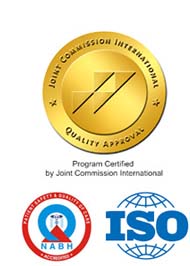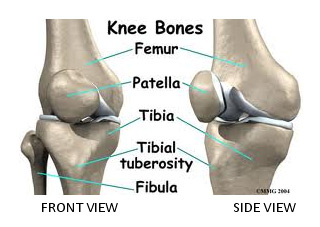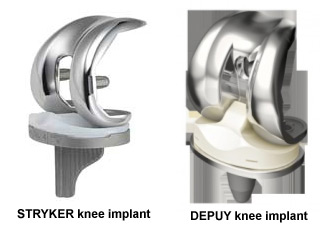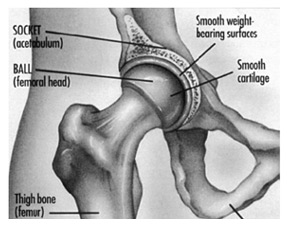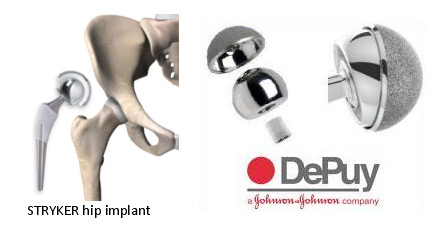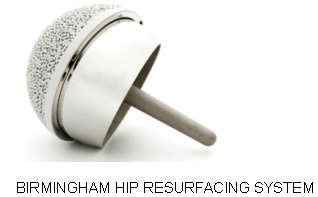Roux-en-Y gastric bypass surgery in India:
The Roux-en-Y gastric bypass surgery is commonly performed in India as one of the standard procedures for weight loss. This procedure combines a reliable reduction in weight loss with low side effects. In this procedure, a large section of the stomach is stapled off. The pouch that remains is small in size, consequently limiting the quantum of food that can be consumed by the patient. Further, the gastric surgery also creates a bypass of most of the stomach as well as a portion of the small intestine. The result is a lower absorption of nutrients and calories from the food intake, further contributing to weight loss. In order to ensure lifelong weight loss, patients need to make a long-term commitment to dietary changes (enhanced intake of protein, vitamin and mineral supplements; avoidance of fatty foods and sweets, etc).
Gastric bypass surgeries using the laparoscopic route are performed in India quite commonly. In the laparoscopic method, a few small incisions are made, rather than a single long incision. One of the incisions is used to insert a camera while the other small incisions are used to insert surgical instruments to perform the procedure. Recovery from laparoscopic procedures is very quick, thus requiring a hospital stay of only two to three days, post surgery. Recuperation from surgery is also very quick.
Successful gastric bypass surgeries result in a long-term weight loss of at least 50% of the excess weight. Approximately 35% to 50% of the excess weight is lost within 1-2 years of the gastric bypass surgery in India.
Laparoscopic Gastric Banding in India:
Laparoscopic gastric banding is the least invasive amongst the various obesity surgery options. The obesity surgeon makes a few small incisions to carry out this procedure. A gastric band is placed around the stomach to divide it into two sections: a small pouch above the band and a much larger pouch below the band. The small size of the upper pouch creates a feeling of fullness after eating even a small quantity of food. It thus restricts the quantum of food that can be consumed by the patient at any single time.
The gastric band placed around the stomach is easily adjustable, thus enabling a loosening or tightening of the band in order to allow more or less food to pass into the lower pouch. The band is connected to a reservoir containing saline solution, placed just under the skin during the surgery. Tightening or loosening of the band is achieved by injecting or draining saline out of the reservoir by using a fine needle. Further, the gastric band can also be removed at any time if necessary, making this a reversible procedure and therefore attractive to many patients who are otherwise averse to invasive and non-reversible surgery.
Patients can expect to lose 40 to 60% of the excess weight over a period of 24 months of Laparoscopic Gastric Banding in India.
Sleeve Gastrectomy In India:
Amongst the various bariatric surgery procedures, the sleeve gastrectomy procedure is a relatively new innovation. This procedure is normally considered as the first of two surgeries to be performed on highly obese patients carrying increased risks.
The sleeve gastrectomy procedure is performed laparoscopically and involves the removal of around 60% of the stomach. The portion of the stomach that is left behind resembles a tube or a sleeve, thereby giving this procedure the name of sleeve gastrectomy. Generally speaking, the second procedure that is performed would be a Gastric Bypass Surgery or a Duodenal Switch Surgery. The second surgery would be performed not earlier than six months after the sleeve gastrectomy procedure.
The sleeve gastrectomy induces weight-loss by limiting the quantum of food intake. The surgery is a low-risk procedure that enables most patients to experience a weight-loss of 30 to 50% of excess body weight within a period of 6-12 months of the Sleeve Gastrectomy surgery in India.
Benefits of Weight Loss Surgery:
Bariatric surgeries can induce a progressive weight loss of 30-90% of excess weight over a period of two years. Successful reduction of weight yields significant benefits in many other ways:
- Reduces blood pressure: Approximately 60% of patients achieved normal blood pressure and stop medications completely, within three months of bariatric surgery in India
- Reduces Cholesterol to normal levels for about 70% of patients within 2-3 months of obesity surgery in India
- Produces excellent results for about 75% of Diabetes Type 2 patients within 4-6 weeks after weight reduction surgery in India
- Reduction of breathlessness within a few weeks after bariatric surgery in India
- Elimination of sleep apnoea in 75 per cent of patients within one year of obesity surgery in India
- Relief from GERD (Gastro-Esophageal Reflux Disease) for most patients within a couple of weeks after weight reduction surgery in India
- Reduces the frequency and intensity of attacks in asthma patients


